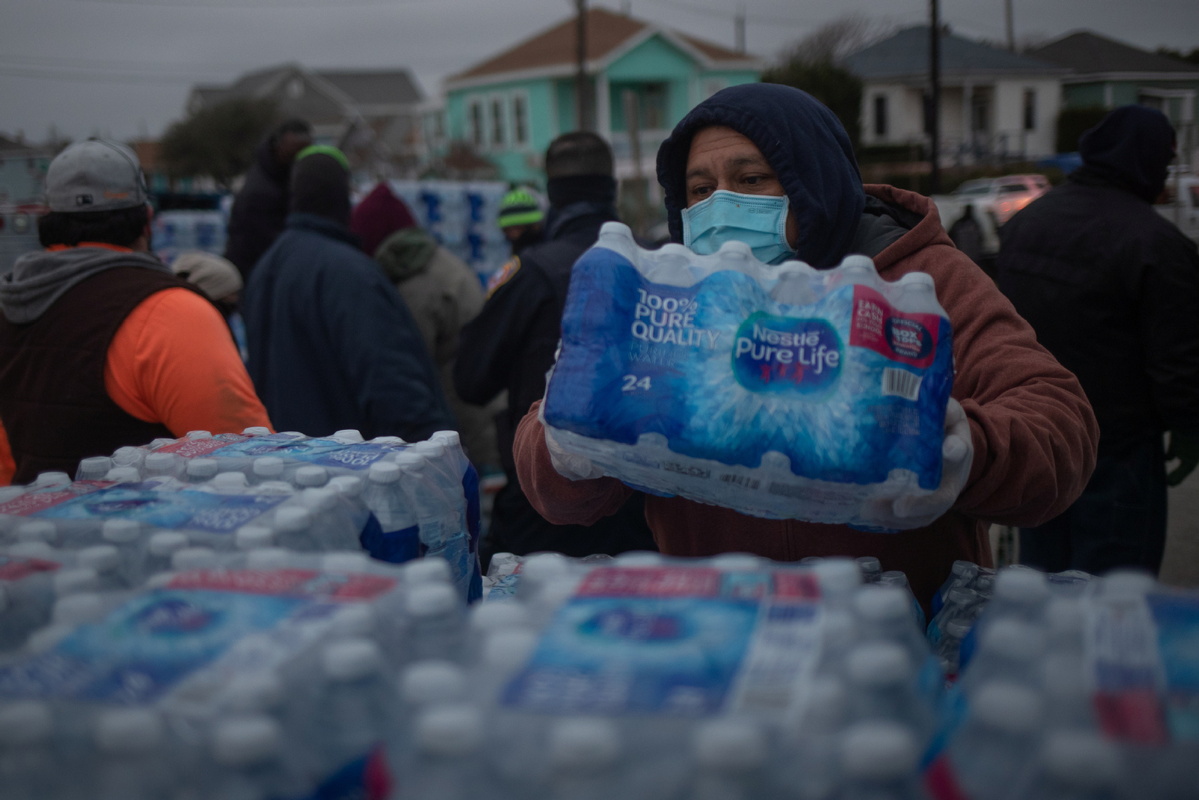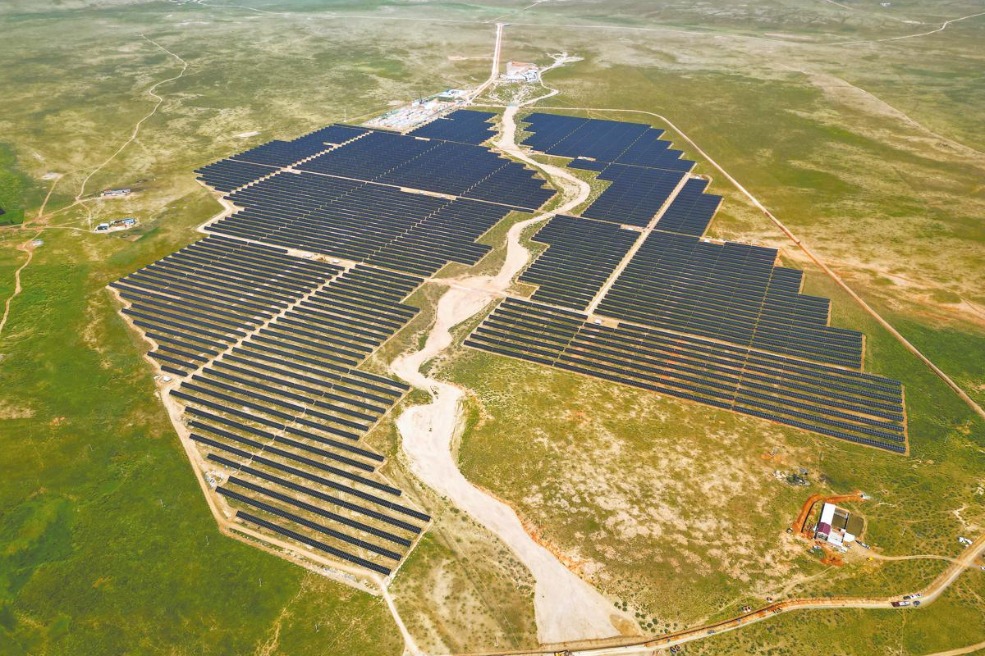Texas reeling from storms, power losses


Houston officials also issued a boil-water notice for the city's residents Wednesday.
"We have no heat. Before I went to bed, I had to hold a teacup filled with boiled water to warm my hands. Sirens from ambulances and police cars were in the street the whole night," said Shirley Qing, who lives in the Houston area. She had been without electricity for more than 36 hours when she spoke to China Daily on Wednesday.
"What really breaks me down is the lack of water. I started to pick up rainwater and stored it in the bathtub just to flush the toilet. To save water, I took cooking pans and pots outside this morning and washed them with rainwater and snow on the ground. My neighbors' water pipes have all burst," she added.
The Texas power crisis exposes how the US electric infrastructure may not be fully prepared to face the demand for power under extreme weather, experts said.
Texas produces more electricity than any other state, and its electricity generation is almost twice as much as Florida's.
By 2019, Texas accounted for 28 percent of all wind-powered electricity in the US, according to the US Energy Information Administration. But the state is ill-prepared for extreme winter weather because it tends to have above-average temperatures.
While some wind generators did go offline as turbines iced over, ERCOT said the shortage was driven by a failure of traditional "thermal" sources: coal, nuclear and especially natural gas.
Texas has largely relied on natural gas for power. Natural gas-fired power plants generated 40 percent of Texas's electricity in 2020, according to ERCOT. Wind turbines were second at 23 percent, followed by coal at 18 percent and nuclear at 11 percent.
Energy experts said that gas lines supplying gas-fired plants may have frozen or that supplies to the plants may have been limited as gas was prioritized for homes that rely on gas for heat, according to NBC News.
Agencies contributed to this story.
























